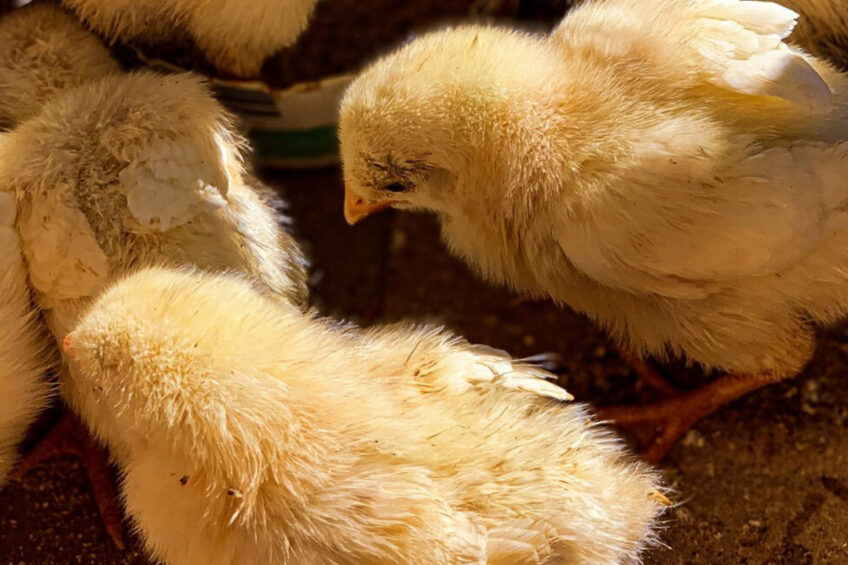Iran sees a record slump in poultry consumption

Over the past few months, Iran experienced a 20-30% drop in demand in the domestic poultry market, prompting farmers to scale down operations.
The Iranian poultry farming industry has not been in the best shape for the past several years, but the last few months were the worst, estimated Ataullah Hassanzadeh, CEO of Mazandaran poultry farmers union.
In December-January, the market evidenced a surplus of 15 million heads of chicken, with a value of up to 400 billion tomans (US$0.95 million), he estimated. Rough calculations showed that the demand slumped by 20-30%, though this figure can vary across Iran’s provinces. Mazandaran poultry farmers are estimated to provide 80% of broiler meat consumed in the country’s capital of Tehran.
Plummeting consumption has forced poultry farmers to act. Hassanzadeh said that producers had to remove hatching eggs from the production cycle.
This step comes with great pain for Iranian farmers since thousands of expensive eggs are wasted. The price of hatching eggs on the Iranian market now stands at 12,000 tomans (US$0.028) per unit, compared to 2,500 tomans (US$0.006) at the beginning of 2022. The price of day-old chicks currently amounts to 15,000 tomans (US$0.036) per head, compared to only 3,000 to 5,000 tomans (US$0.007 to US$0.012) last year.
Food stamps are needed
The sudden slump in demand is primarily attributed to a failed food industry reform embarked on by the Iranian authorities in November 2022. The government revised state-subsidised exchange rate tariffs under which poultry farmers purchase feedstuff. Hassanzadeh estimated that this step entailed a fivefold rise in the price of corn and soybeans and caused an unprecedented price hike in the broiler market.
To compensate for the rise in prices, the government planned to introduce food stamps to partly cover the price of broiler meat for the population at the end of 2022. However, it turned out that the infrastructure under the system was not ready in time.
With the current level of the real incomes of the Iranian population, the demand on the poultry market is estimated at 120 million heads of broilers per month, close to the average figure of the past few years. Without food stamps, it drops to 90 million heads, Hassanzadeh said. There is no clarity on when the food stamps system will finally be put in place.
On the other hand, even the recent price hike has not fully compensated the Iranian farmers for the rise in production costs, Hassanzadeh said. Currently, manufacturers sell broilers at a loss of 10,000 tomans per head (US$0.024). The new crisis severely hits the industry that has been struggling with problems for a long time. Hassanzadeh expressed the opinion that poultry farmers “are tired of losses” and some are considering ending their businesses.













